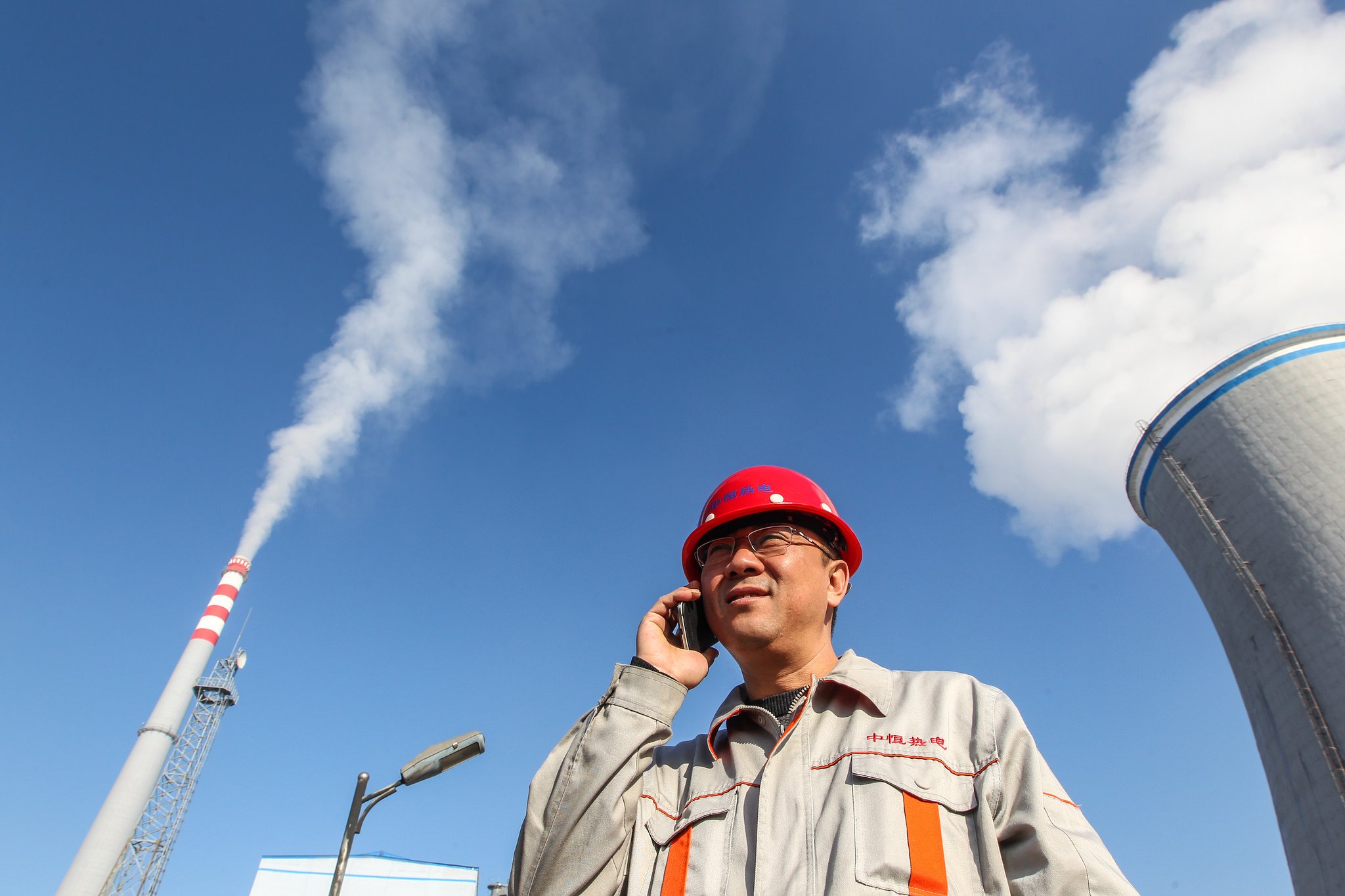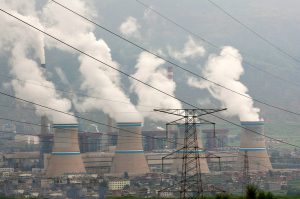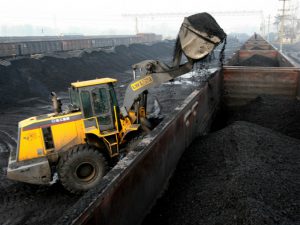Editor’s note: Last week, Greenpeace published a report suggesting that fossil fuel giant BP has underestimated how fast coal consumption in China is falling, and overestimated how quickly oil consumption is rising.
Greenpeace concluded that CO2 emissions from fossil fuels have actually fallen significantly, which has huge implications for global emissions and fossil fuel demand worldwide.
This comes against a backdrop of longstanding controversy over China’s coal consumption figures which in the past have been undermined by accusations of state manipulation. China’s National Bureau of Statistics released findings on March 1 which suggested that coal consumption across the country was decelerating, sparking a debate among analysts whom remain divided over whether demand for fuel has already peaked.
The latest discrepancy comes at a critical time for China which is thrashing out its sectoral targets for energy and pollution in the run up to the G20 summit in September, where efforts to reduce emissions will be under close scrutiny.
chinadialogue: What do these conflicting statistics say about China’s shift towards more sustainable economic development?
Alvin Lin, China climate and energy policy director, Natural Resources Defense Council
It’s possible that China’s coal and oil consumption have fallen even more than indicated in the BP figures, based on the analysis of coal stockpiles and the breakdown in coal and oil use. We should know more about China’s coal and oil consumption trends when the annual Energy Statistics Yearbook is released in December by the National Bureau of Statistics.
The transition to the new economic normal is affecting all of the economic drivers that fuelled coal and oil consumption in the past decade or so: coal power generation, iron and steel and cement, as well as a range of other heavy industries and freight. All of these sectors are facing overcapacity and the pressure to downsize and become more efficient and cleaner, while zero-carbon generation sources like wind and solar are continuing to scale up.
As a result, China’s energy-related CO2 emissions are likely to peak and fall faster than experts would have predicted only a few years ago, and China’s air quality is also reaping the benefits.
Ranping Song, Developing Country Climate Action manager, International Climate Initiative, World Resources Institute
The discrepancy between BP and Greenpeace’s analysis underlines some uncertainty about China’s energy data. It is a huge country with a fast changing economy, which combined make collecting data inherently difficult. It is also an emerging economy with capacity limitations.
The key question is whether China is setting itself up to steeply reduce its emissions over the next 30 years. For that to happen, in the short term the government needs to steadily slow energy-intensive and coal-intensive industries, such as iron and cement. This persistent but gradual approach must strike a delicate balance that avoids economic uncertainty while also signalling that this transition to a low-carbon society is here to stay.
In the long term, transformative changes are needed. Besides monitoring annual changes, policy experts need to start assessing if policies and actions maximize the potential to phase out emissions in the coming decades.
Huw Slater, research and projects manager at China Carbon Forum
Greenpeace’s analysis correctly identifies a seeming mismatch between the reported large increase in oil consumption and the fall in demand for diesel.
It is worth remembering, however, that the difference in calculated coal consumption, about 2-3% between 2013 and 2015, pales in comparison to the effect of last year’s revised figures on coal consumption as a result of the NBS’s economic census. This saw coal consumption for 2012 revised upwards by 17%, a figure with massive implications for the climate.
Most analysts agree that the current reported figures for coal consumption are more accurate than previous data. However, given that the process of revision involved significant political negotiation between the central NBS and local governments, it is fair to say that there may still be some significant gaps in the data, of equal or more magnitude than the discrepancies in BP’s data.
If the world is to have any hope of keeping warming to the 2 degree target, let alone a 1.5 degree target, China’s coal burning must reduce sharply over coming years.
Lauri Myllyvirta, senior global campaigner at Greenpeace
For years, China’s statistical system has been under-reporting energy consumption growth due to pressure to meet energy intensity targets. It now seems the system could have developed the opposite bias, as the focus is on sending out positive signals about economic development. In addition, Chinese statistics in general suffer from an impulse to smooth abrupt changes such as the current shift in coal consumption and total energy consumption.
BP estimated that China’s coal consumption only fell 1.5%, which in itself is dramatic. However they also said coal production fell by 2.0%; and we know that imports fell precipitously – by 30% – while stockpiles continued to increase. This means that China’s coal consumption should have fallen significantly more than production.
The other way to estimate China’s coal consumption is to look at sector activity data. Thermal power generation fell 3%, coal use for power fell 4%, coke output fell 7%, steel output fell 2% and coal use for steel-making fell 3%, cement output fell 5% and coal use for cement fell 6%. These sectors use three quarters of all coal in China, and the numbers above indicate that a reduction of only 1.5% in total coal consumption is completely implausible.
BP estimates that China’s oil consumption increased by a whopping 6.3%, with growth rate almost doubling from 2014. This is in contrast with the changes in economic activity in the two largest oil consuming sectors; freight volumes and diesel consumption dropped precipitously and growth in the chemical industry cooled down.
Final numbers for 2015 are likely to show oil consumption rise in the 2-3% range, giving much less reason to get excited about the prospects of China’s oil demand.








